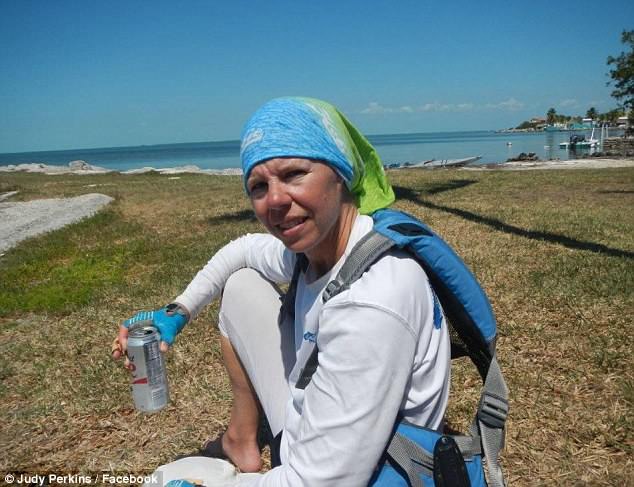Judy Perkins, a 52-year-old woman who was given months to live after repeated chemo treatments failed to rid her body of tumors the size of plums in her liver, is alive and well thanks to a revolutionary immunotherapy treatment administered by the National Institutes of Health (NIH).
The mother-of-two has been cancer-free for two years now. Her story has been published in the prestigious scientific journal Nature Medicine and the approach used was presented at the annual conference of the American Society of Clinical Oncology in June.
RELATED STORY:
The treatment, called “adoptive cell transfer,” has not previously been used to successfully treat breast cancer but researchers hope it will be available for a wider group of patients in the next five years. (This is especially good news since many women are still enduring the “slash and burn” protocol of chemotherapy/radiation and surgery, although just 15 percent of people respond so dramatically to immunotherapy.)
For the 2015 treatment, scientists led by the National Cancer Institute in the US, removed a tumor from her chest to determine her unique breast cancer ‘signature’. Having discovered 62 mutations, they found she had white blood cells able to seek and destroy four of those mutations.1 In order to super-charge her immune system, they took a few hundred of these important immune T-cells and grew them into an army of 82 billion cells. 2 After 8 weeks the white blood cells were injected back into her body.
RELATED STORY:
Perkins was first diagnosed with breast cancer in the lining of her ducts in 2003 and had a mastectomy but the cancer returned a decade later. In 2015 she found out that the cancer had spread to her liver, lymph nodes in her chest wall, and abdomen. After seven types of chemo and an experimental drug trial failed her, she was out of options. But, within one year of the immunotherapy treatment, her lesions had completely disappeared.












